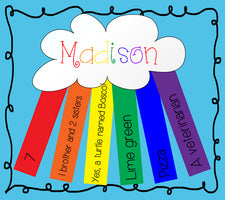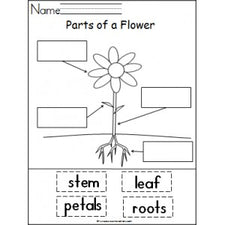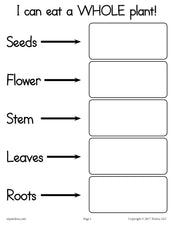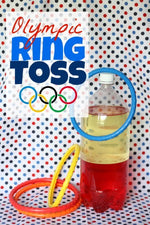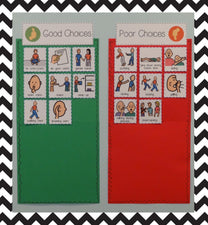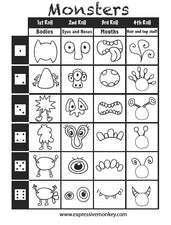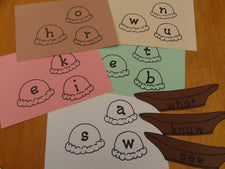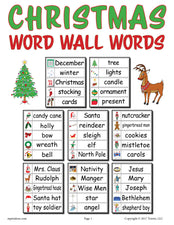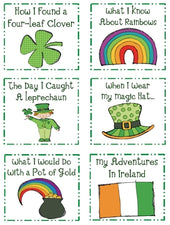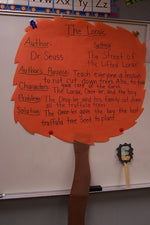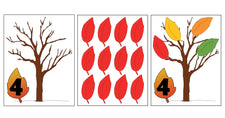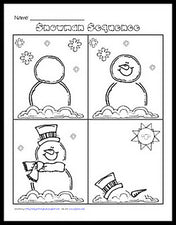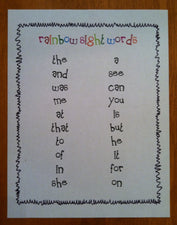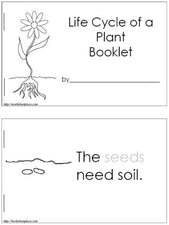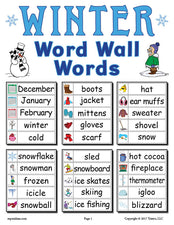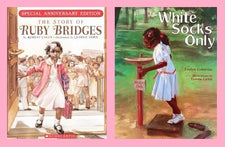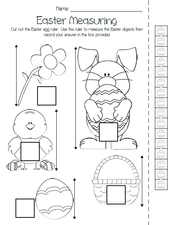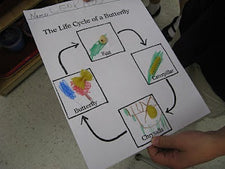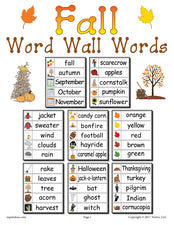Cross-Curricular Space Day Fun!

Kindergarten teacher, Mrs. Opyr, shares some wonderful learning center activities that would be the perfect addition to your space unit or "Space Day" lesson plans. The best part is, the activities aren't limited to science, but have language arts, math, and writing components as well! Here's a sample of our favorite activities!
Exploring Parts of a Day {and the Parts of a Story!}
Just as a day has two distinct parts, daytime and nighttime, a story has several basic, but distinct parts; it has a beginning, a middle, and an end. To study this idea, as well as brush up on the concept of sequencing, Mrs. Opyr read Nancy Davidson's Night and Day {part of the Ginn First Collections program} and then invited her students to illustrate the main events that happened in each part of the book. Have your kinders fold a piece of paper in thirds or provide them with a worksheet {like the one below}.

Next, she invited each of her students to use their "story boards" to retell the story.
- For a practice round, and to work out the sequencing "kinks", divide students into groups of three and have them take turns telling each other the story.
- Finally, have the group "perform" the story {each taking a section} in front of the class or invite the students to your desk, individually, to demonstrate their listening skills and their grasp of sequencing.
As a spin-off of the story, discuss as a class the differences between night and day {i.e. at night we see the stars and the moon v. during the day we see the sun (and sometimes the moon!), but not the other stars, etc}. Talk about the activities that usually take place during the daytime versus the activities we normally do at night. Invite your students to journal about their very different day and night routines - drawing activities from each and penning a several descriptive sentences - using prepared journal pages {like the ones below} or blank page in their notebook.

Additional Space Learning Centers
These two activities work perfectly for your literacy/writing centers. Mrs. Opyr suggests the following for your other learning centers:
- Science Learning Centers. 1) Space Suit Scientific Drawings. Create life-size astronauts by tracing students' bodies and using graphic art tools to decorate. Draw and label the parts of the space suit. 2) Moon Sand Sensory Table. Fill the sensory table with "moon" sand, inviting students to sift for moon rocks and other space related objects.
- Math Learning Centers. 1) Make Mooncake. Students will get hands on experience with making accurate measurements as well as learn to follow directions. 2) Moon Rock Measuring. Measure the life-size astronauts {made at the science center} in moon rock units. Graph the results to find who is "the most moon rocks tall", who is "the least moon rocks tall", etc.
- Writing Learning Centers. 1) Space Play Dough Mats. Print space vocabulary words onto card stock {be sure to laminate!} and invite students to form and "trace" the words with play dough letters. 2) Write a Book. Collaborate as a class to write and illustrate a book. Mrs. Opyr suggests modeling the book after Carle's Brown Bear, Brown Bear - be sure to visit her space page for the details!
The activities just scratch the surface of the many ideas Mrs. Opyr shares on her space page so be sure to head on over there and check it out!
